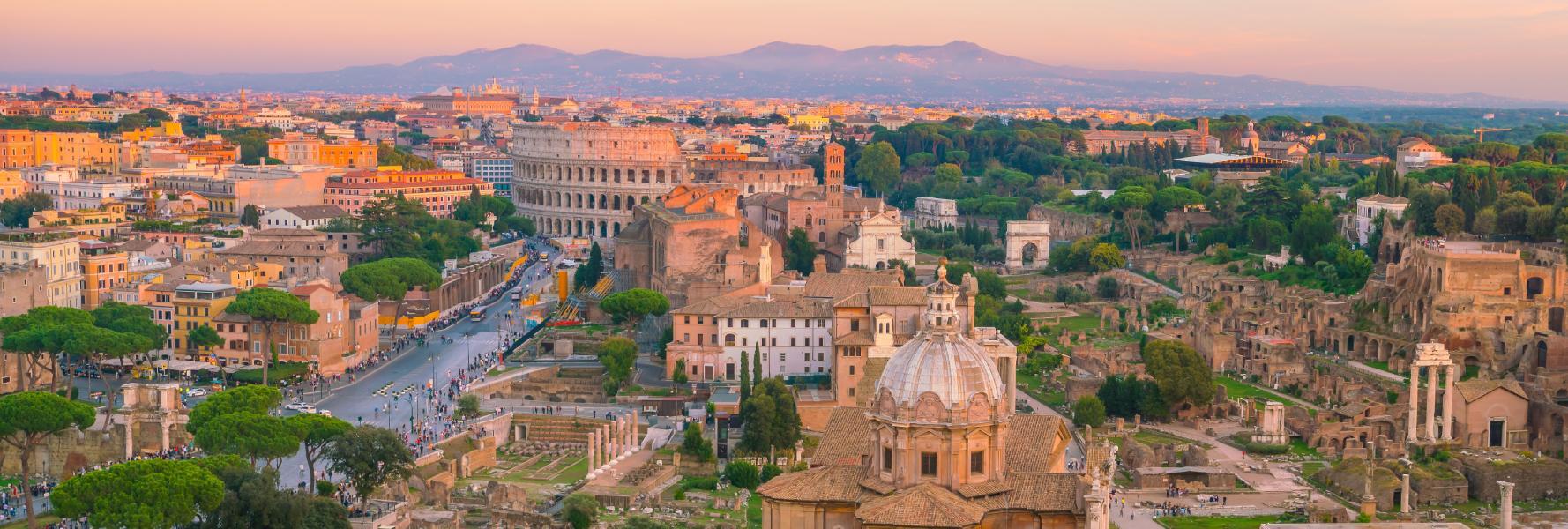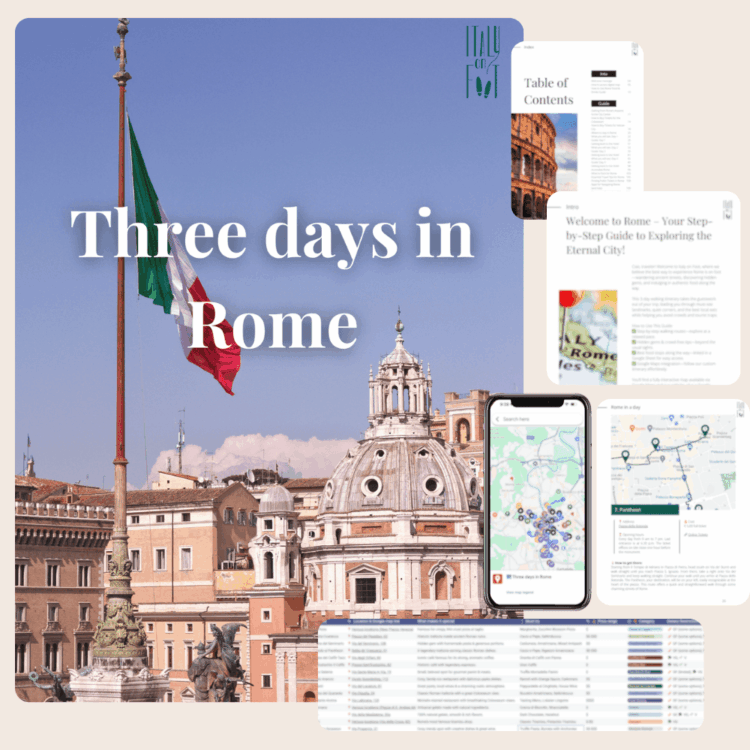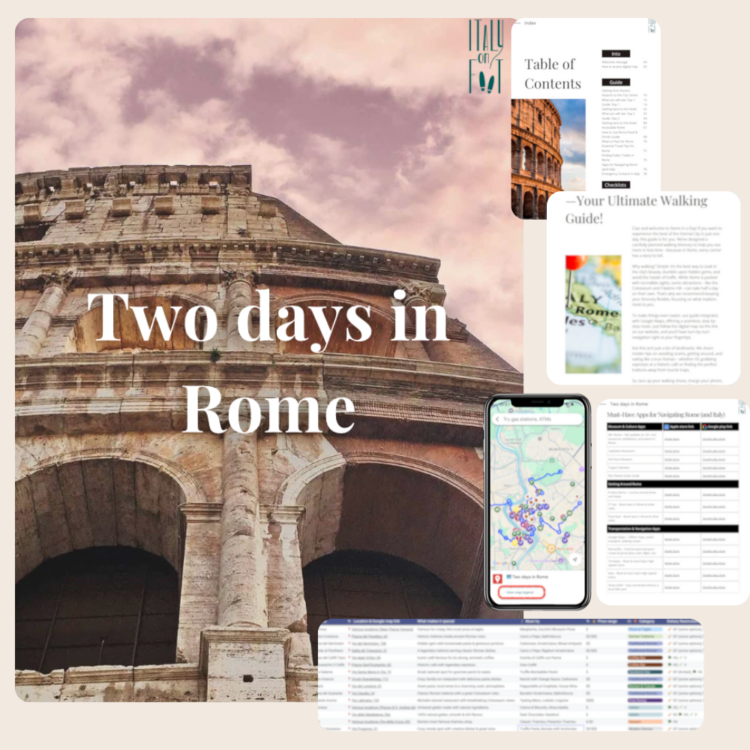Rome, a city full of history, art, and culinary delights, also boasts a well-connected railway system that makes traveling in and out of the city quite seamless. Speaking of trains, you’ll find that it’s one of the most efficient ways to get around not just the Eternal City but also the broader Italian regions. If you’re planning to explore the city on foot and are keen to discover hidden Italian gems, understanding its train stations is a great place to start.
Let’s dive into the heart of Rome’s railway network – its train stations. The city is served mainly by three key stations: Roma Termini, Roma Tiburtina, and Roma Ostiense. All of them have their unique features, so let’s get into the details.

Roma Termini
Ah, Roma Termini – the bustling heart of the city’s transport system. If you ever find yourself here, don’t be too intimidated by its vastness. Trust me, despite its grand size, it’s relatively straightforward once you get the hang of it. Roma Termini is not only the largest train station in Rome but also one of the largest in all of Europe. It serves millions of passengers every year, making it a pivotal hub for both inward and outward travel.
Here, you’ll find connections to nearly every corner of Italy and many international destinations. With a sprawling array of platforms, shops, eateries, and even hotels, Roma Termini is much more than just a train station. Whether you’re grabbing a quick espresso or just people-watching, there’s bound to be something to keep you entertained. It’s also connected by both of Rome’s metro lines – A and B, so getting around the city from here is incredibly convenient.
Inside the station, the signage is quite intuitive, but keep your eyes peeled for the information boards which constantly update you on the schedules. If tech is your friend, downloading railway apps could be a lifesaver in managing your travel itinerary smoothly. In my experience, it’s always good to check your platform number closer to your departure time, as they can change last minute.
Roma Tiburtina
Further along your adventure, Roma Tiburtina stands out as a beacon of modern architecture and efficiency. Located to the northeast of the city center, this station is mostly known for handling high-speed trains, especially the Frecciarossa and Italo services. If you’re heading to cities like Milan or Florence quickly, Roma Tiburtina might be your gateway.
One of the things you’ll love about this station is its sleek and futuristic design. Built to handle large volumes with grace, it’s a bit less crowded than Termini but doesn’t lack in amenities. Whether it’s grabbing a bite or just relaxing during a layover, Roma Tiburtina has got you covered. Plus, it’s on the B line of the metro, making connectivity to the city’s heartbeat incredibly straightforward.
Consider Tiburtina as a mini-city in itself, with shops and conveniences catering to travelers. There are numerous digital kiosks to help with any travel inquiries, and staff are generally friendly and multi-linguistic, always ready to assist. It’s that local touch that makes traveling through these stations stress-free.
Roma Ostiense
Venturing a bit off the tourist trail, Roma Ostiense offers a unique blend of modern transport facilitation in a slightly calmer environment. It’s close to the Pyramid of Cestius and serves as a great portal for travelers heading to the International Airport of Fiumicino via the Leonardo Express. If your itinerary involves frequent airport runs, Ostiense might just be the hidden gem you’re looking for.
Ostiense covers both long-distance lines and regional services, effectively connecting Rome with Central Italy’s key destinations. This hub is covered by Line B of the metro, delivering seamless connectivity with other city areas. If you’re staying in the Testaccio district, it’s conveniently located just a stone’s throw away, blending cultural exploration with travel efficiency.
The adjacent bus terminals make moving around a breeze, and its proximity to the historical landmarks gives it a distinct charm. You’ll often find locals going about their daily business, which offers a less touristy insight into Roman life. The station itself is practical yet uncomplicated, perfect for those wanting to skip the crowds while maintaining travel functionality.
Practical Tips for Navigating Rome’s Stations
Navigating Rome’s train stations might seem daunting at first, but a little know-how can go a long way. Here are some practical tips to consider when you’re planning your travels. Firstly, buying your tickets in advance is wise, especially if you’re looking at peak travel times. Many ticket booths and machines offer multiple language options, and ticket purchase apps are immensely helpful, often providing digital tickets that you can store on your phone.
Safety is another key concern for travelers. Like any major city station, it’s always good to stay alert and keep an eye on your belongings. Don’t let the hustle and bustle overwhelm you; Rome is one of those places where you can find quiet if you know where to look. Each station offers luggage storage options, perfect when you’re traveling light and need a few hours to explore without baggage.
And finally, why not incorporate your train trips with walking tours? Many of Rome’s hidden gems are just a short distance from these stations. Exploring Italy’s walking routes can be a delightful way to balance structured travel with the freedom of impulse-led adventures. With a little planning and the right attitude, getting around the ancient city could be as memorable as the destinations themselves.






